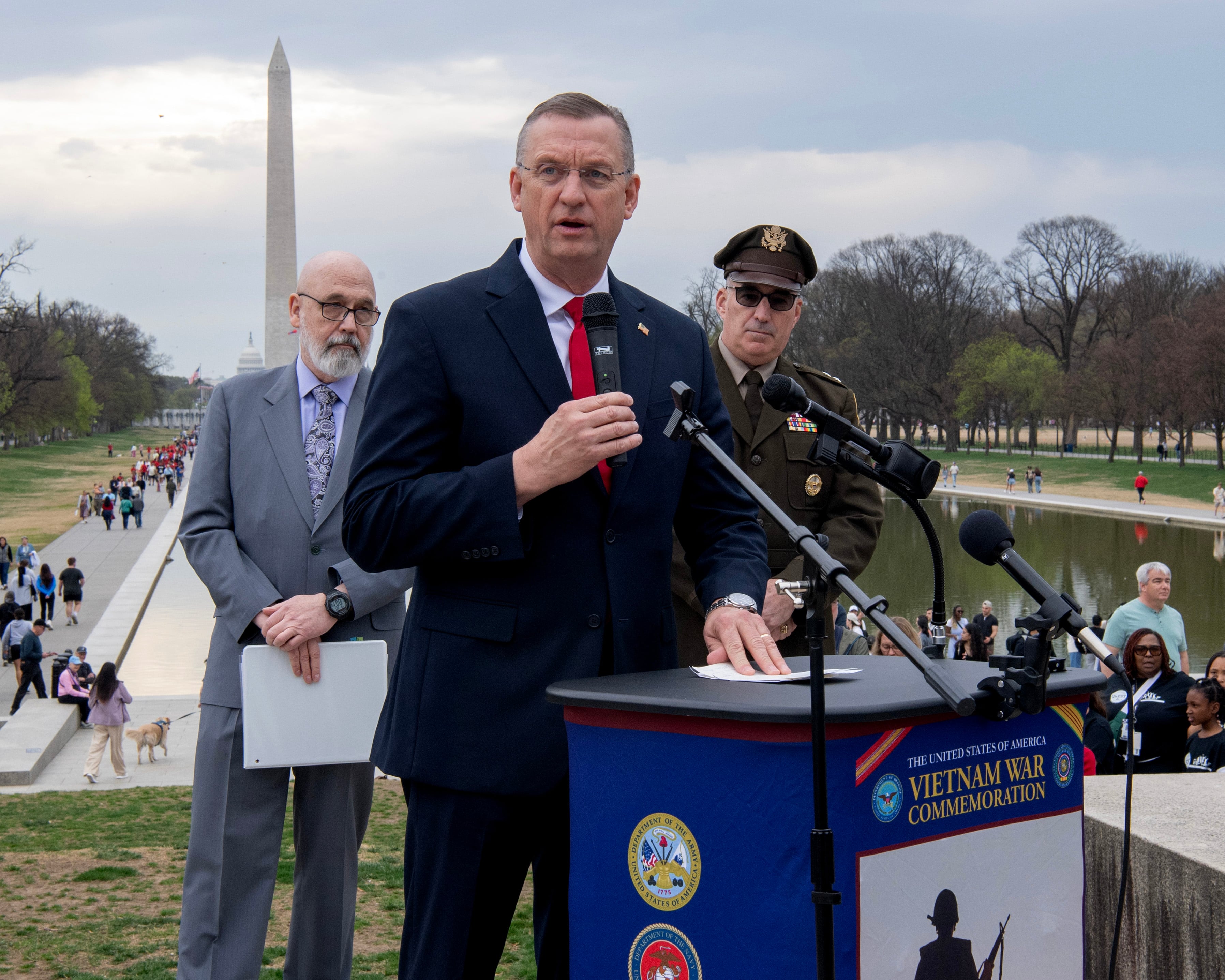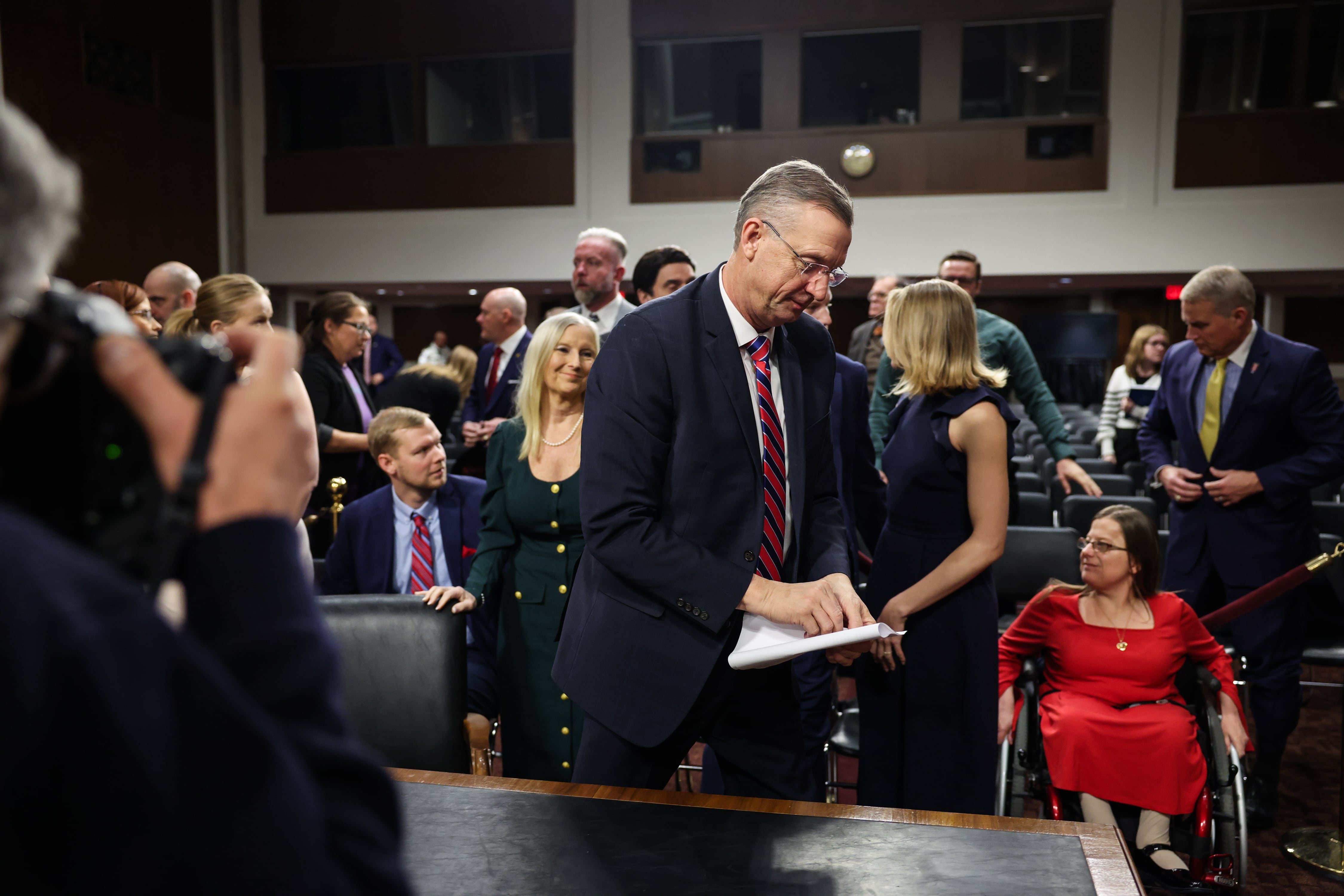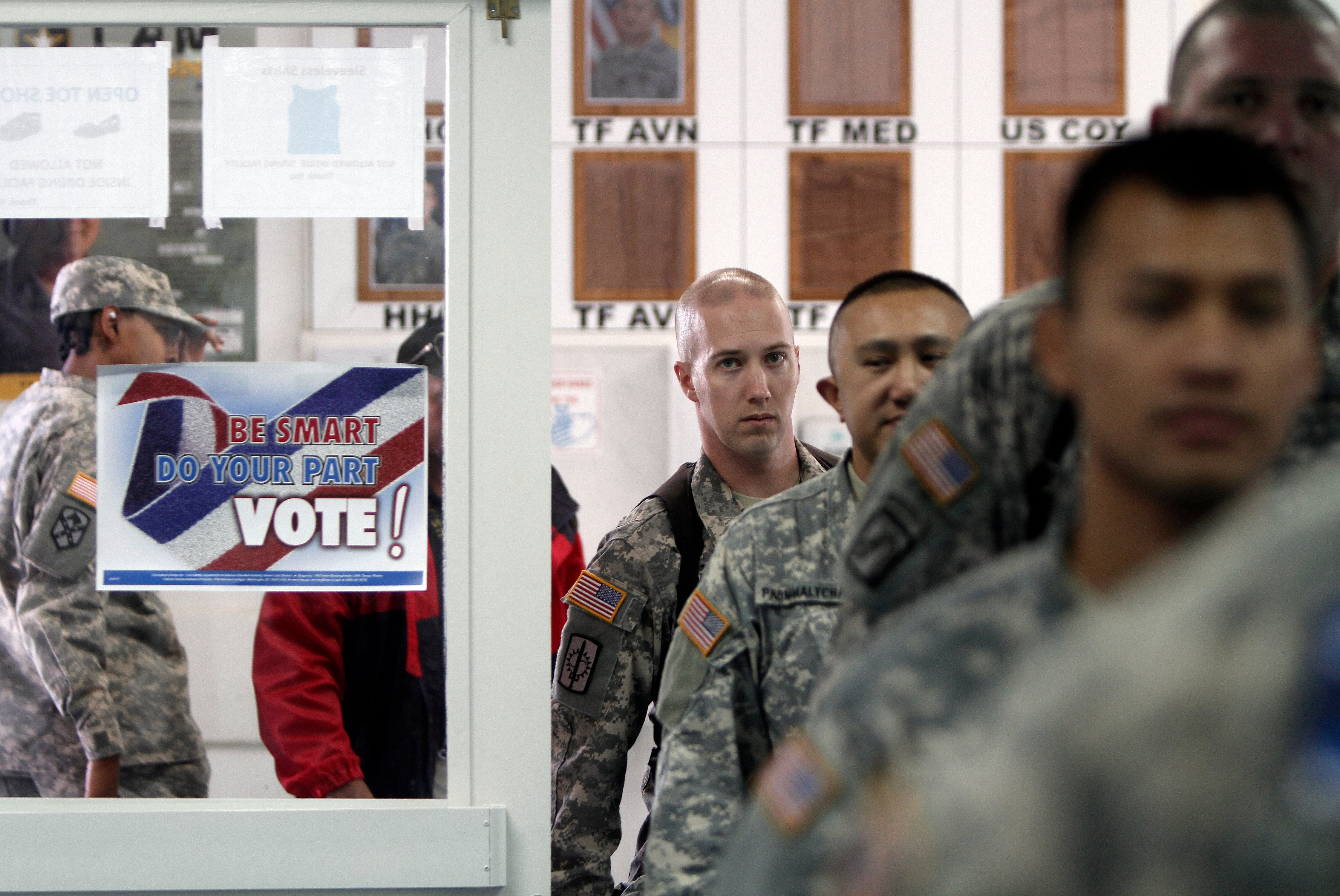With the combat mission in Afghanistan over, the Marine Corps is preparing for more operations elsewhere in the world. There are hotspots like Iraq and Syria, booming destinations like Asia-Pacific, and ongoing struggles in South America that will require the Corps' attention in 2015.
RELATED: The year ahead, what every Marine needs to know
Back to the Middle East
Since airstrikes began on Islamic State group targets in Iraq and Syria in the fall, Marines have been part of every facet of the U.S.-led effort to cripple the violent extremist group.
Troops from the 22nd Marine Expeditionary Unit participated in some of the first strikes in September. A month later, when the new Special Purpose Marine Air-Ground Task Force-Crisis Response-Central Command became operational, it was immediately tasked with airstrikes, surveillance missions, and partnership training of Iraqi forces from an undisclosed location within Iraq. The 1,900-strong task force now operates out of six Middle Eastern countries, officials said.
In the year ahead, expect that mission only to intensify. The 11th MEU has replaced the 22nd in the Middle East, and future deploying MEUs will likely spend significant time in the 5th Fleet Area of Operations as airstrikes and non-traditional intelligence, surveillance and reconnaissance remain a priority for combatant commanders.
The second SPMAGTF-Crisis Response-Central Command rotation is set to deploy this spring.
There's a chance the task force will expand in coming rotations as well. Although he did not describe them, the unit's commander, Col. Jason Bohm, said he has submitted recommendations to Marine Corps leadership based on the unit's first months of operation that will help to "right-size" the force.
New unit for SOUTHCOM
U.S. Southern Command will see something that's becoming more common across the Corps: a land-based special purpose Marine air-ground task force.
The Marines will engage in partnership training with key military allies in the region, and will be equipped to provide humanitarian relief in the event of a natural disaster. The unit will likely deploy during the height of hurricane season starting in May or June. The force will be made up of about 200 Marines and will include ground, logistics and air capabilities.
Other land-based SPMAGTFs will be on deck to handle hot spots as they flare up in the Middle East or Africa. Missions in 2015 could be similar to the ones Marines saw in Liberia, where about 100 Marines with four V-22 Ospreys helped the country control an Ebola outbreak, or in Iraq, where Marines are helping augment embassy security.
The Corps is relying on SPMAGTFs to deploy Marines to hotspots without having to use the Navy's stretched-thin fleet of amphibious ships to get there.
Pacific deployments still growing
More and more Marines are headed to the Pacific.
Next year's rotation to Darwin, Australia, is expected to be the biggest group of Marines to head to the country to date. TheWhich units will slated to deploy to Australia haven't been named, but, by all accounts, the number of personnel is expected to exceed the 1,200 that deployed in the last rotation. Officials hope to send 2,500 Marines go to Darwin annually starting in 2016.
More Marines will mean bigger exercises and more bilateral training with Aussies. Next year's capstone training event, Exercise Koolendong, is expected to be the biggest yet.
Australia isn't the only place in Asia-Pacific that's seeing a growing population of Marines. In early December, the House and Senate Armed Services Committee passed legislation that eliminates roadblocks on construction projects in Okinawa, Japan and Guam. This summer, work began in Okinawa to relocate Marine Corps Air Station Futenma from a crowded neighborhood in Okinawa to Henko Bay, a more remote location.
New deployment pay
Marines facing extended deployments can expect compensation.
Though usually billed as seven-month patrols, deployments increasingly have run over schedule in recent years. To make it easier on Marines far from home, Navy officials began offering what's known as Hardship Duty Pay-Tempo in September.
Marines deployed more than 220 days — about seven-and-a-half months — are eligible for an extra $16.50 a day. That equals out to $495 for each additional month overseas.
But the new pay comes with a major caveat: Troops who take leave of 10 days or more for any reason during deployment are disqualified.
Officials estimate 14,000 Navy personnel will be eligible for the bonus pay in 2015 and 2016, when the program will be evaluated ahead of its expiration date.




